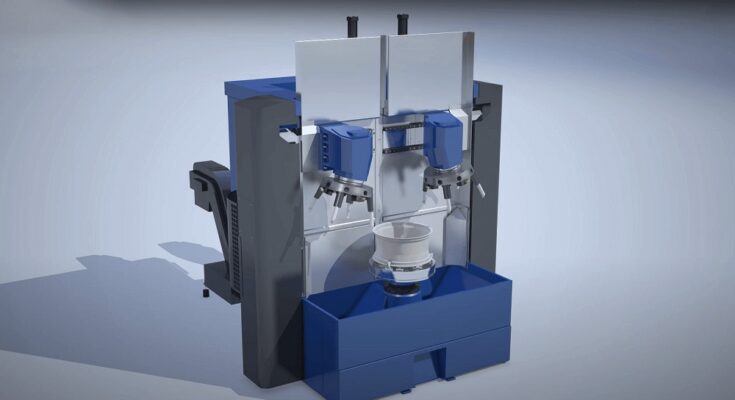In the realm of manufacturing, where precision and efficiency reign supreme, one process stands out as a true testament to ingenuity and innovation: Rotomolding. This method, often hailed as an art form in the world of manufacturing, has been quietly revolutionizing industries and shaping the future of product design.
The Art of Rotational Molding: Where Innovation Meets Ingenuity
At its core, rotational molding is a process that involves heating, rotating, and cooling a hollow mold to create seamless, hollow products. What sets rotational molding apart is its versatility – it can accommodate complex shapes and intricate designs with ease, making it a favorite among designers and engineers alike.
Designing the Future: How Rotational Molding Transforms Ideas into Reality
Ability to bring ideas to life quickly and efficiently is of the utmost importance in the modern world, which moves at a breakneck pace. When it comes to this particular aspect, rotational molding is exceptional because it allows designers to experiment with new ideas and iterate on designs without being constrained by the limitations of conventional manufacturing techniques. Using rotational molding, you can create anything from playground equipment to components for automobiles; the possibilities are virtually limitless.
Precision Engineering: Unravelling the Secrets Behind Seamless Production
Even though achieving precision in manufacturing is not an easy task, rotational molding maintains its ability to deliver flawless results time and time again. Manufacturers can ensure that the wall thickness is consistent and that materials are distributed uniformly by carefully controlling the heating and cooling process. This allows the manufacturers to produce products that are up to the most stringent quality standards.
Efficiency Redefined: Maximizing Output with Rotational Molding Techniques
Rotational Molding is valuable not only for its precision but also for the efficiency with which it operates. In comparison to other methods, this method results in minimal material waste and shorter production cycles, which allows manufacturers to maximize output while simultaneously minimizing costs. This is a win-win situation for businesses that are looking to maintain their competitive edge in the current market.
The mastery of rotational molding, in conclusion, represents a paradigm shift in manufacturing, one that emphasizes precision, efficiency, and innovation above all else. As we continue to push the limits of what is possible, it is abundantly clear that rotational molding will play a significant role in determining the future of product design and manufacturing for many years to come.




